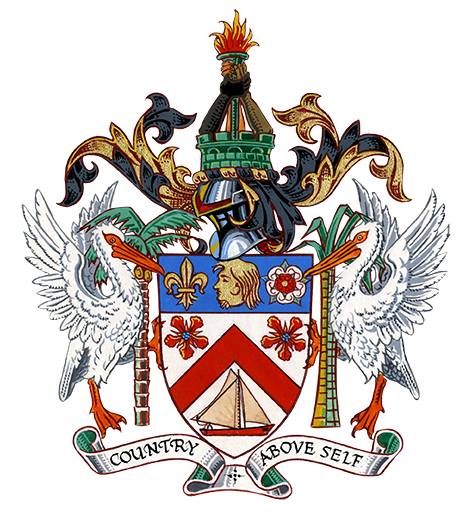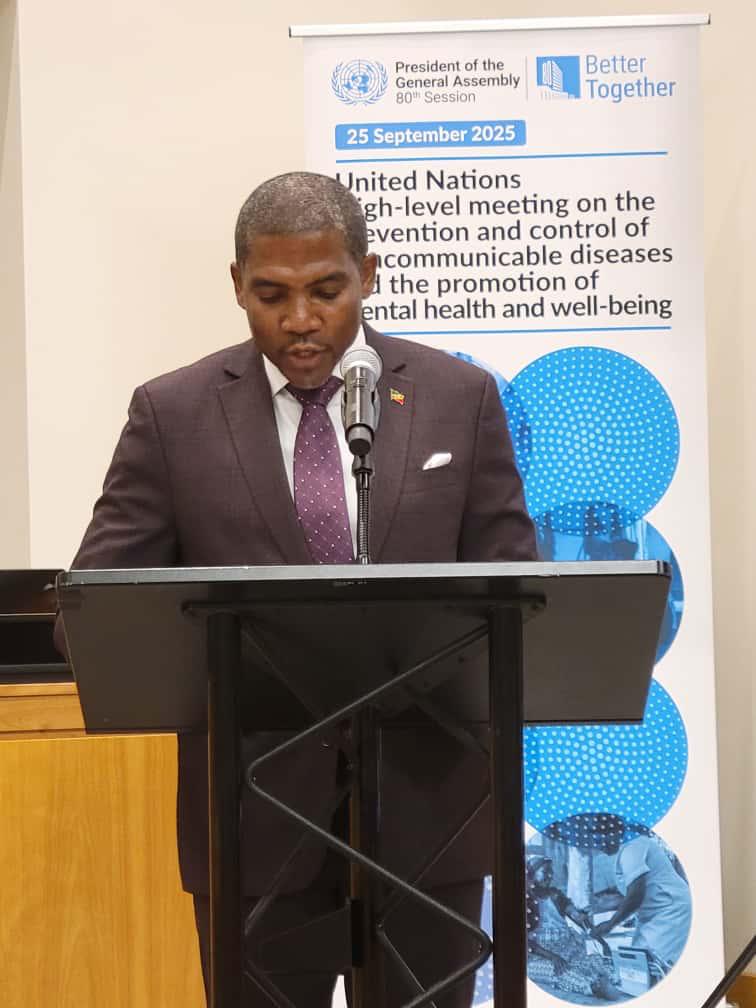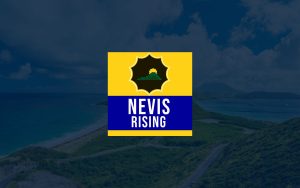NEMA Emphasizes Disaster Preparedness Following Regional Tsunami Alert
The recent tsunami alert issued for the Caribbean region, though ultimately cancelled, has served as a stark reminder of the ever-present threat of natural disasters and the critical importance of proactive disaster preparedness. Triggered by a 7.6 magnitude earthquake north of Honduras on February 8, 2025, the initial warning from the Pacific Tsunami Warning Centre (PTWC) identified several Caribbean nations, including St. Kitts and Nevis, as potentially at risk. While the threat did not materialize, the event underscored the unpredictable nature of such events and the need for constant vigilance and preparation. The National Emergency Management Agency (NEMA) of St. Kitts and Nevis has seized this opportunity to reinforce the message of preparedness to its citizens, emphasizing that readiness is not just a seasonal concern for hurricanes but a year-round necessity for any potential hazard.
Disaster preparedness is not merely a governmental responsibility; it’s a shared duty that involves every individual and community. NEMA urges residents to adopt a proactive approach to their safety and well-being by taking several key steps. Foremost among these is staying informed. Monitoring official sources like NEMA for updates, advisories, and alerts is crucial. Understanding how to receive these alerts in one’s specific area ensures timely access to potentially life-saving information. This includes utilizing NEMA’s social media platforms, joining their broadcast list via WhatsApp, and paying attention to traditional media outlets.
Equally important is the development of a comprehensive family emergency plan. Open communication within families about potential hazards and appropriate responses is essential. A well-defined plan should include predetermined evacuation routes, clear communication strategies in case of separation, and a designated meeting point for reunification. Practicing these plans regularly through drills can significantly enhance their effectiveness in a real emergency. This familiarization allows for quicker and more efficient responses, reducing panic and increasing the likelihood of a safe outcome.
Preparation also extends to assembling an emergency supply kit. This kit should contain essential items to sustain individuals and families for a period following a disaster. These essentials include a sufficient supply of potable water, non-perishable food items, a comprehensive first-aid kit, a reliable flashlight, a battery-powered radio to stay connected to vital information, any necessary medications, and copies of important documents stored in a waterproof container. Having these supplies readily available can make a crucial difference in the immediate aftermath of a disaster when access to resources might be limited or unavailable.
Understanding one’s surroundings is another key component of preparedness. Identifying potential hazards in the local community, such as flood-prone areas, landslide-prone slopes, or areas vulnerable to strong winds, allows for informed decision-making and preemptive measures. This awareness can inform evacuation plans, the selection of safe zones within the home, and other proactive measures to mitigate potential risks. Combining this knowledge with information from NEMA about specific threats enhances individual and community resilience.
NEMA’s National Disaster Coordinator, Livingston Pemberton, stressed the significance of the recent incident as a wake-up call, emphasizing that complacency is not an option. The Caribbean region’s vulnerability to a range of natural hazards, from hurricanes and earthquakes to tsunamis and volcanic activity, necessitates a constant state of preparedness. He urged all residents of St. Kitts and Nevis to take this responsibility seriously, acknowledging that preparedness is the cornerstone of community safety and resilience. It’s not simply about surviving a disaster; it’s about mitigating its impact and ensuring a quicker recovery.
The message from NEMA is clear: disaster preparedness is not a one-time activity, but an ongoing process. It requires vigilance, planning, and consistent effort to maintain readiness. By working together, individuals, families, and communities can build a more resilient St. Kitts and Nevis, equipped to face whatever challenges nature may present. The agency’s commitment to public safety and well-being is evident in its continuous efforts to educate and inform the population, providing resources and guidance to empower individuals to take control of their safety. The ultimate goal is to foster a culture of preparedness throughout the nation, ensuring that every resident is equipped to respond effectively and recover efficiently from any disaster.
Share this content:












Post Comment